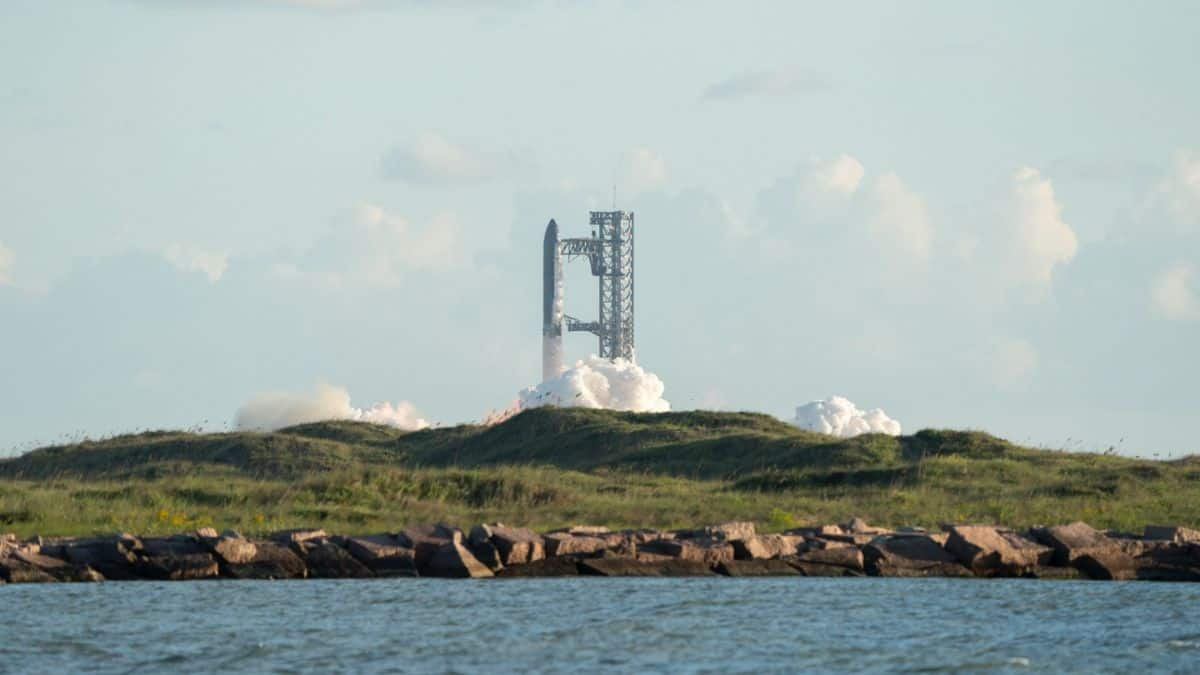Early Days, Big Dreams
The dawn of the space age witnessed the Soviet Union unveiling unprecedented projects, often pushing the limits of what was considered possible. Fueled
by an intense desire to surpass the United States, these projects were defined by a 'quantity over quality' approach. Several programs focused on achieving symbolic victories, like launching the first satellite and putting a man into space. But beneath the surface, there was a relentless pursuit of innovation, where radical concepts were explored. The Soviet Union believed that even the most far-fetched ideas could yield groundbreaking results, fostering an environment where unusual ventures were not only considered but often pursued with unwavering determination.
Project Vostok's Legacy
Project Vostok, the program that successfully launched the first human into space, was a testament to the Soviet focus on rapid advancement. Yuri Gagarin's historic flight in 1961, aboard Vostok 1, was a major triumph for the Soviet Union, highlighting their technological supremacy. However, the Vostok program was characterized by several ambitious goals. The Soviets aimed to follow Gagarin's flight with a series of increasingly complex missions. These missions included extended durations in space, multiple cosmonauts in a single spacecraft, and the beginnings of spacewalk activities. The program's emphasis on building on early successes demonstrated Soviet commitment to staying at the forefront of space exploration, even as it faced numerous technical and political obstacles.
The Almaz Space Stations
The Almaz program represented the Soviet Union's effort to establish a permanent presence in space, but it focused on military uses. These weren't just orbiting research labs; they were designed to act as reconnaissance platforms and potentially weapons systems. The Almaz stations were equipped with powerful telescopes for surveillance and even carried cannons. Launching Almaz stations required considerable technical challenges; in order to ensure the stations were deployed in orbit, the Soviet Union developed sophisticated launch vehicles. This showcased their capacity for undertaking complex projects. Although the Almaz program never fulfilled its military goals completely, it did lay crucial groundwork for long-duration spaceflight, offering significant lessons in station design and operational logistics.
Mars Exploration Initiatives
The Soviet Union’s ambitions extended beyond Earth's orbit, with considerable effort dedicated to exploring Mars. The Mars program, which started in the early 1960s, involved a series of ambitious attempts to land probes on the red planet. These missions faced many difficulties. The harsh conditions of space and the complexity of interplanetary travel led to technical malfunctions. Despite the failures, the Mars program provided significant advancements in spacecraft design and interplanetary communication. These were crucial for the later exploration of the solar system. Even though none of the early Soviet probes managed to fully succeed, the lessons learned formed the basis for future attempts at Martian exploration by various space agencies, including Russia.
The Buran Space Shuttle
The Buran space shuttle program was the Soviet Union's response to the US Space Shuttle. The project aimed to develop a reusable spacecraft capable of launching and returning to Earth. The Soviets focused on creating a fully automated spacecraft. The Buran's design involved many innovative technologies, including thermal protection systems and advanced flight control systems. The first and only orbital flight of Buran took place in 1988, demonstrating its capabilities. The Buran program was a remarkable achievement, demonstrating the nation's engineering prowess. The collapse of the Soviet Union led to the program’s cancellation, but Buran's legacy is still remembered as a landmark in space exploration.



